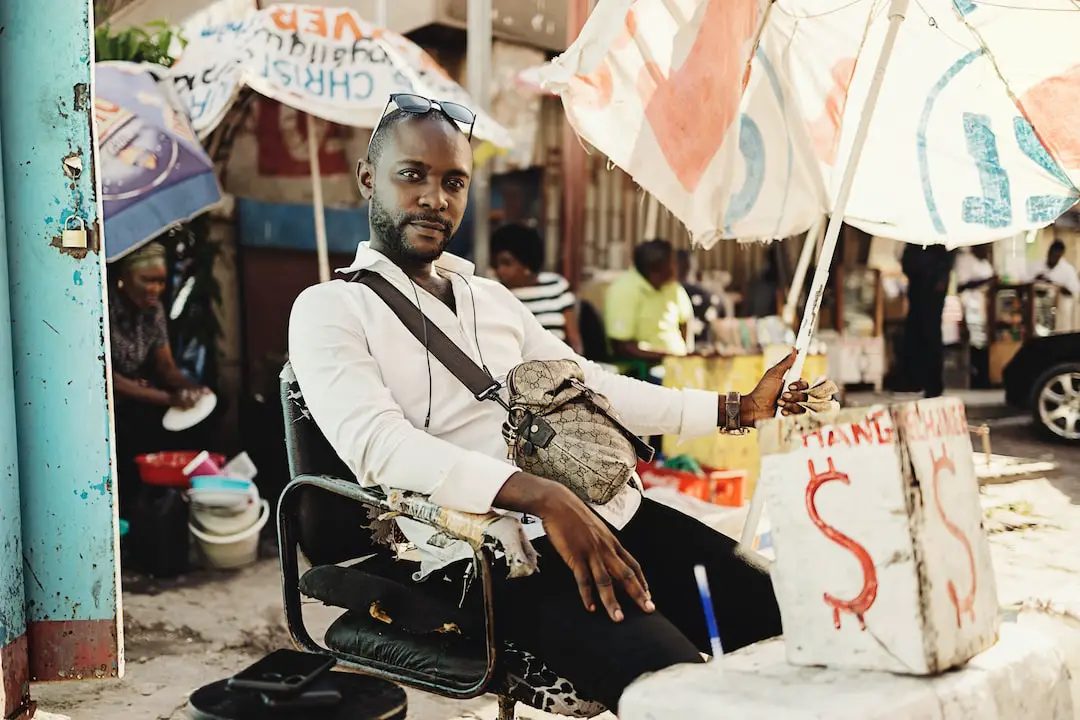
Imagine strolling through the bustling streets of Kinshasa, where the hum of daily life is set against a backdrop of architectural marvels that tell a story of a city ever-evolving. Kinshasa, the capital of the Democratic Republic of Congo, is a place where the past and present collide, creating a unique tapestry of buildings that reflect its rich history and vibrant culture. From colonial-era relics to modern skyscrapers, the city’s architecture is a testament to its resilience and dynamic spirit.
The journey of Kinshasa’s architecture began in the pre-colonial era, with traditional structures that were in harmony with the natural environment. These early buildings were primarily made from local materials like wood and leaves, showcasing the ingenuity of indigenous construction techniques. However, the arrival of European colonizers in the late 19th century marked a significant shift. They introduced new styles and construction methods, leaving an indelible mark on the city’s architectural landscape.
The Belgian colonial period saw the erection of grandiose administrative buildings, churches, and residential quarters. These structures were characterized by their neoclassical and Art Deco influences, with imposing facades and ornate details. They served not only as functional spaces but also as symbols of power and control. Yet, despite their foreign origins, these buildings have become an integral part of Kinshasa’s heritage.
Fast forward to the post-independence era, and you’ll find a city eager to express its newfound identity. Architects and urban planners embraced modernism, seeking to reflect the optimism and progress of the nation. The skyline began to rise with sleek, contemporary designs that prioritized functionality and urban development. This period also saw the introduction of high-rise buildings, which became symbols of Kinshasa’s aspirations and economic growth.
Today, Kinshasa continues to evolve, with architecture that is as diverse as its population. The city is a melting pot of styles, from the remnants of colonial grandeur to the bold statements of modernist structures. New developments are springing up, incorporating sustainable design principles and cutting-edge technology. These buildings are not just places to live and work; they’re a reflection of Kinshasa’s ongoing story, a narrative of resilience and ambition.
As we delve deeper into the evolution of Kinshasa’s architecture, let’s explore some of the most iconic structures that define the city’s skyline. The Palais de la Nation, for instance, stands as a symbol of political power, while the imposing Central Bank of Congo building reflects the city’s financial heartbeat. The Kinshasa Cathedral, with its striking modernist design, remains a spiritual beacon for many residents.
The city’s residential architecture also tells a story of change. From the sprawling villas of the Gombe district to the high-density neighborhoods of Matonge, each area offers a glimpse into the lives of its inhabitants. The contrast between luxury compounds and informal settlements highlights the socio-economic disparities that exist within the city.
Kinshasa’s public spaces, too, have undergone significant transformations. The Boulevard du 30 Juin, a major thoroughfare, has seen numerous facelifts over the years, adapting to the needs of a growing metropolis. It’s here that you’ll find a mix of old and new, with street vendors setting up shop in the shadows of modern office towers.
The city’s architecture is not just about the physical structures; it’s about the stories they tell and the lives they touch. It’s about the hustle and bustle of street markets nestled against colonial relics, the laughter of children playing in the shadow of towering skyscrapers, and the dreams of a better future etched into the very fabric of the city.
Now, let’s address some frequently asked questions:
1. How has Kinshasa’s architecture changed over the years?
Kinshasa’s architecture has evolved from traditional pre-colonial structures to colonial-era buildings with European influences, to modernist and contemporary designs post-independence. The city’s skyline reflects its history, culture, and socio-economic changes.
2. What are some iconic architectural landmarks in Kinshasa?
Iconic landmarks include the Palais de la Nation, the Central Bank of Congo building, and the Kinshasa Cathedral. These structures are emblematic of the city’s political, financial, and spiritual facets.
3. How does the architecture of Kinshasa reflect its culture?
The architecture of Kinshasa reflects its culture through the adaptation of various styles over time, representing the city’s colonial past, its quest for identity post-independence, and its current aspirations. The diversity in residential and public spaces also mirrors the cultural and socio-economic diversity of its inhabitants.
In conclusion, Kinshasa’s architecture is a rich mosaic, a blend of history and modernity that paints a vivid picture of the city’s soul. From the echoes of its colonial past to the bold strides towards the future, each building, each street, each corner of this vibrant metropolis tells a story. It’s a story of a city that has weathered the storms of history and emerged with an architectural identity as compelling and complex as the people who call it home. As Kinshasa continues to grow and transform, its architecture will undoubtedly play a pivotal role in shaping its destiny, standing as a testament to the indomitable spirit of one of Africa’s most dynamic cities.